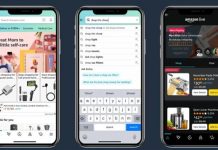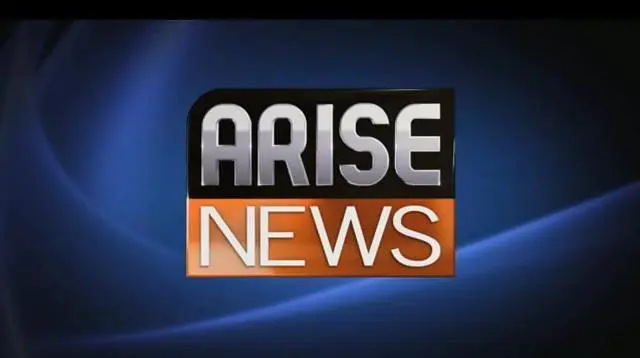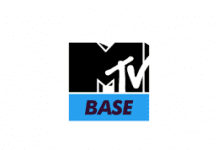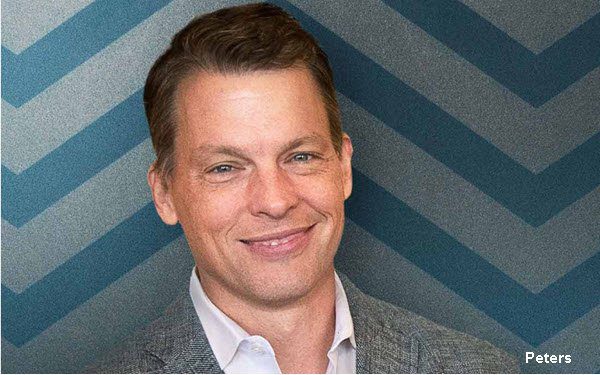In addition to reporting top- and bottom-line results — and subscriber growth — exceeding expectations, Netflix executives answered questions about the upcoming ad-supported video-on-demand (AVOD) offering during the company’s fiscal Q3 earnings call on Tuesday.
Netflix acknowledged that advertising capabilities at the launch of the Basic with Ads tier are limited, but stressed that more sophisticated targeting and other offerings are in the pipeline.
Executives also confirmed that 2023 will see the rollout of its “paid sharing” program, designed to convert free password sharers into paid users. In addition to enabling free users to create their own accounts and transfer their profiles/preferences information, account owners will be able to create sub-accounts to pay for friends and family using theirs, they revealed. The separate account option “will be especially attractive in countries where we’re launching the lower-priced Basic with Ads plan,” said Greg Peters, COO and chief product officer.
While “very optimistic” about Basic with Ads, Netflix does not expect it to make a material contribution in Q4, since it is being launched “intra-quarter” (in early to mid November), and the subscriber base for the plan is expected to grow gradually over time.
“Our aim is to give prospective new members more choice, not switch members off their current plans,” Peters said, adding that Netflix does not expect many current members to switch to the cheaper ($6.99 per month in the U.S.) option. Having features like 4K makes no-ads plans “sticky,” he noted.
“We’ve modeled out the expected revenue [from Basic with Ads] in the various countries we’re launching in to make sure that the subscription prices we’re charging for it, plus anticipated [advertising] monetization, will be roughly revenue-positive to neutral” on a unit economics basis, he said. And because the lower price is expected to bring in significant numbers of new subscribers over time, “we’re quite confident in the long term that this will lead to a significant incremental revenue and profit stream,” he added.
Netflix declared last week that its advertising inventory, which will be limited to four to five minutes per hour, with frequency caps, was nearly sold out.
“We started with a bunch of models that were informed by the ad activities in those different countries around the world” — and in the sales process, most of Netflix’s model expectations are being borne out, Peters said. Advertisers are “excited about the positioning against the incredible content and the titles that we have, so demand has been very, very strong.”
Netflix and its ad-tech partner, Microsoft’s Xandr, are hiring but are currently “stretched” to support the demand, he reported. “Actually, we’re turning some [advertisers] away right now because we just don’t have the go-to-market capacity to serve everyone.”
And “we’re very much in the crawl-walk-run model — we’re iteratively improving,” he said. “We’re building in a lot of capabilities over the next couple of quarters that we think are important to advertisers to make the offering increasingly attractive,” he added, citing a “verification partner” (Nielsen) as one example. “But we’ve got a lot more to do












































